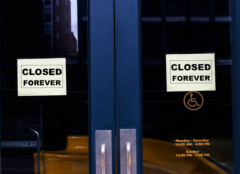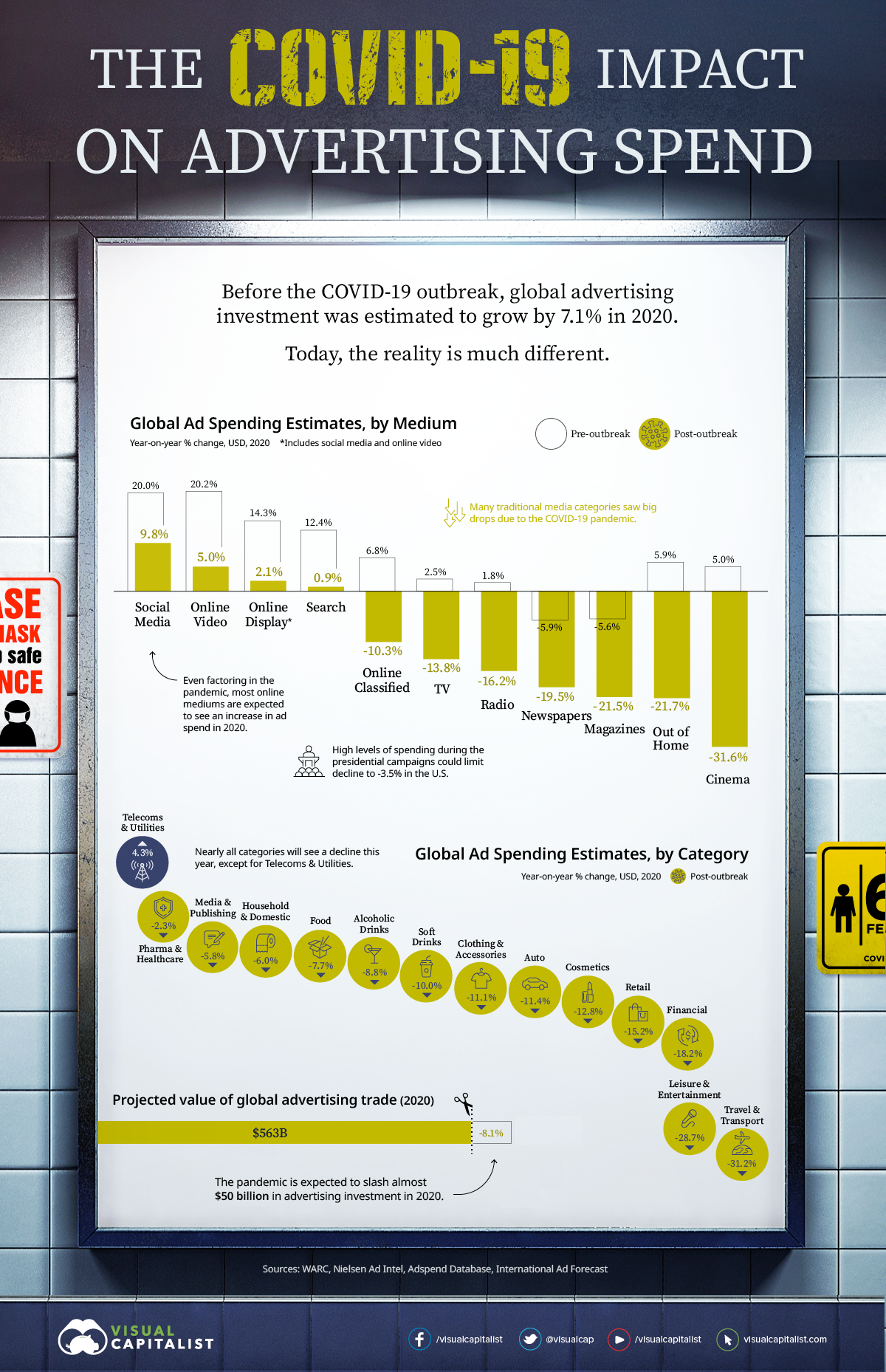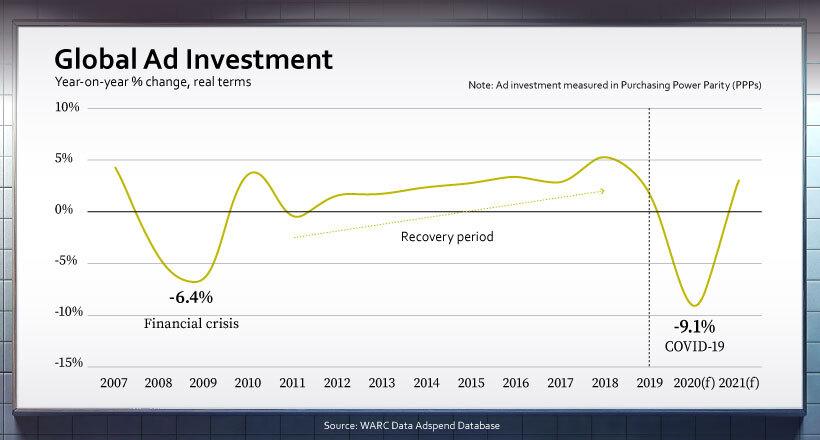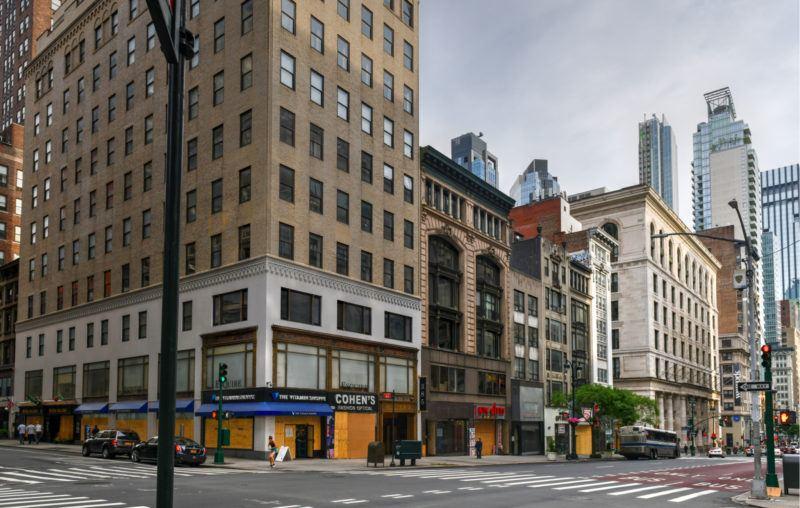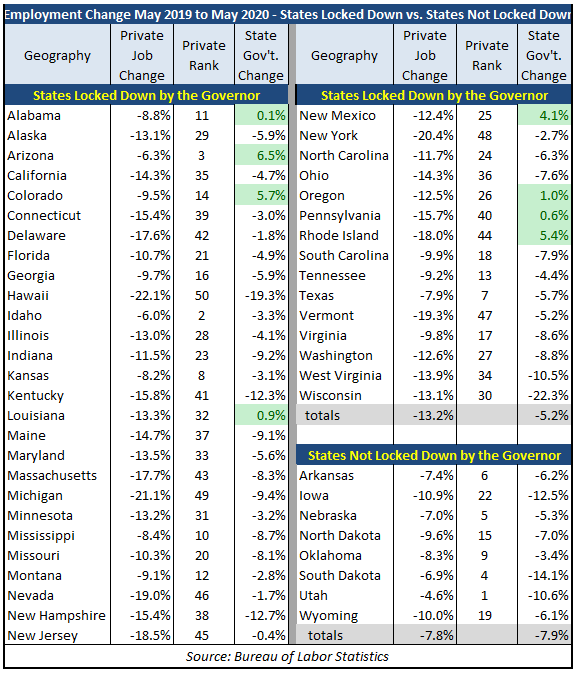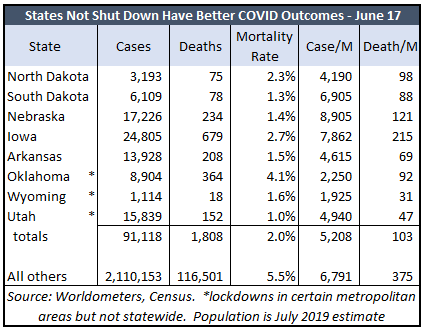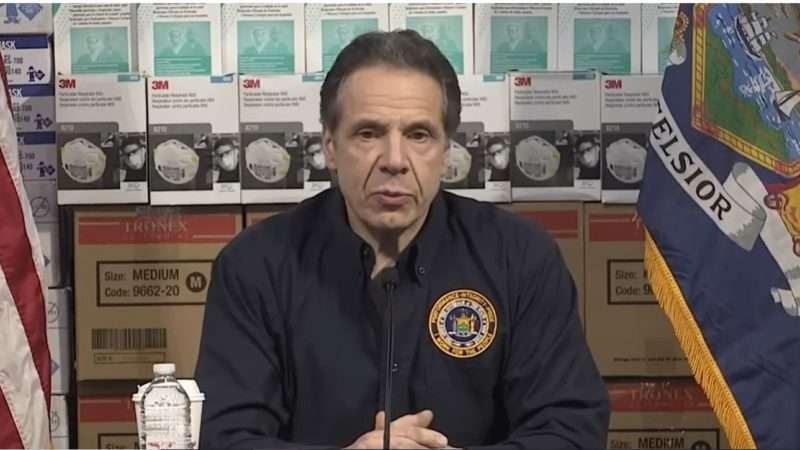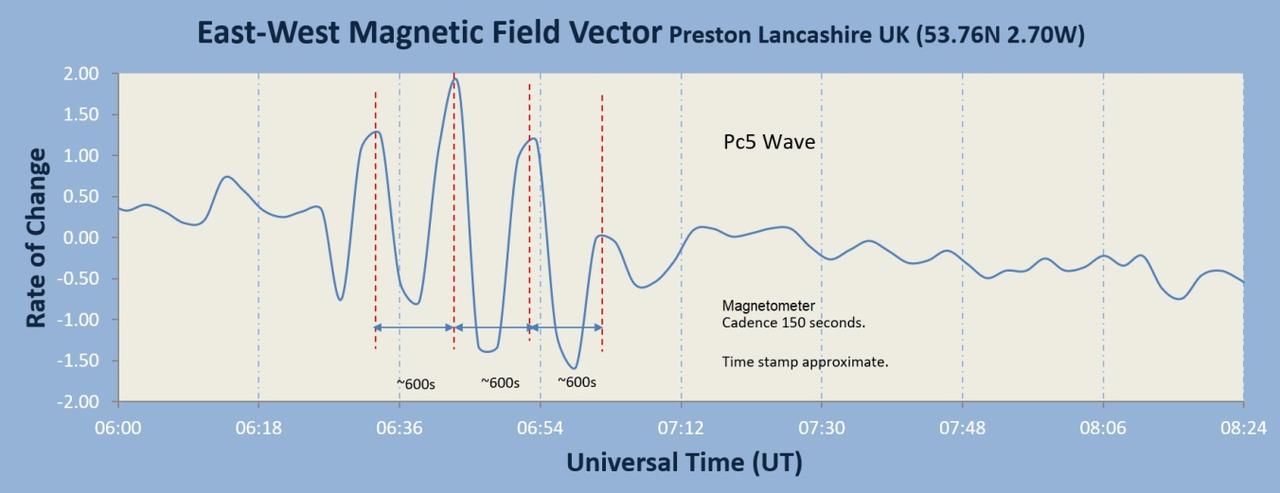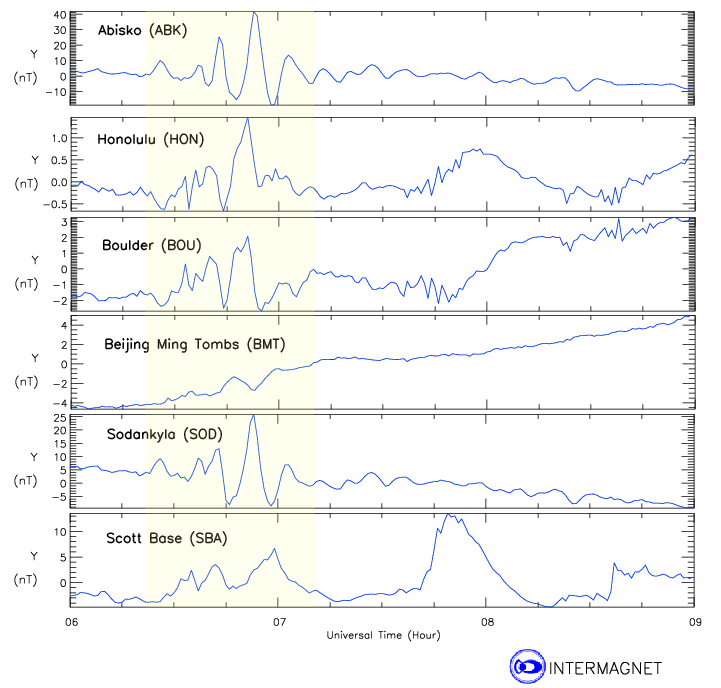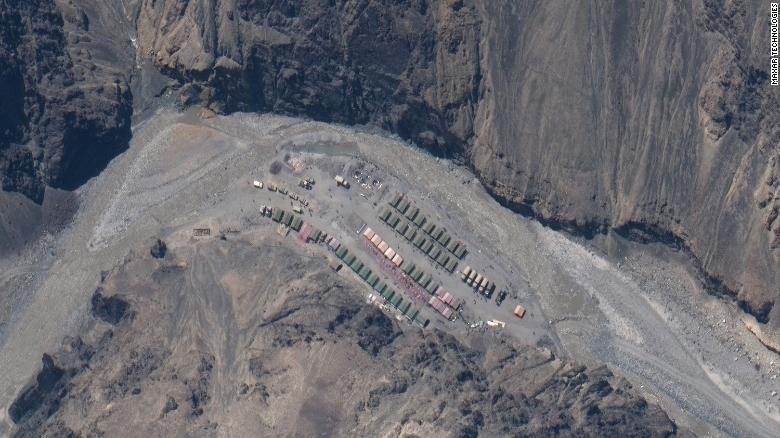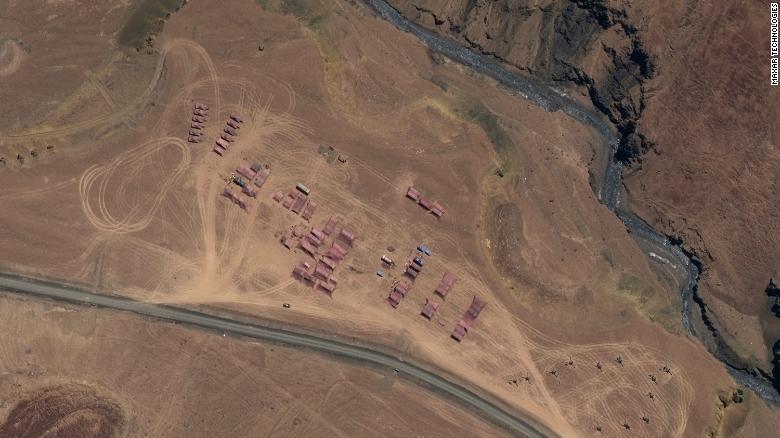The COVID-Crisis Could Bring A New Era Of Decline For American Core Cities
Tyler Durden
Fri, 06/26/2020 – 20:25
Authored by Ryan McMaken via The Mises Institute,
Manufacturing company 7-Sigma made headlines when it decided to leave Minneapolis as a result of the company’s plant being burned by rioters. “They don’t care about my business,” 7-Sigma owner Kris Wyrobek old the Star-Tribune. After more than 30 years in the city, the company isn’t staying, nor are any of the company’s fifty jobs.
But the costs of being victimized in protests is just one of many reasons homeowners and businesses may be realizing life and business in central cities has lost its luster. The ongoing threat of more business lockdowns, more riots, higher taxes, and failing schools may induce many Americans to flee, once again, to the suburbs as their parents or grandparents did.
This goes well beyond the fear of the disease many journalists have assumed is behind the observed beginnings of an exodus from cities. Yes, many in the upper classes have fled the cities for their mountain homes and yachts for “health reasons.” But these people are relatively few in number and their thinking quixotic. They can afford to drop everything and leave cities overnight.
But the larger impacts are likely to be felt as middle class homeowners and business owners conclude they’d simply rather avoid the edicts and neglect of mayors and city councils in central cities who thinking nothing of issuing job-destroying “stay-at-home” orders while allowing rioters and vandals free rein.
The real cost to cities is likely to emerge over time. It will come in the form of families and shop owners who decide it’s best to move their businesses ten miles down the road to a neighboring city that will actually do something about rioters. It will come in the form of families which decide their next home will be just a little bit farther from the urban dictator-mayors who have the heaviest hands in enforcing lockdowns and business closures. It will come in the form of potential new business owners and homeowners will be decide to never purchase property to start a business in central cities in the first place.
The Decline of Cities at Mid-Century
We may be seeing something reminiscent what happened in America’s large central cities during the 1970s and 1980s. Many Americans concluded these cities had become unlivable and crime infested. Many concluded these were places that were quite inhospitable to doing business. So they left. (Forced busing for “integration” purposes was a factor as well.)
In some cases, there were dramatic events that illustrated the trend. The late sixties in New York saw several strikes by city workers. Transit and sanitation in the city became a disaster. The 1977 blackout in New York City ended in widespread riots that induced many businesses to pack up and never return. Many households followed.
But for the most part, cities saw an exodus that took many years and slowly hollowed out the finances and tax revenues of big cities. Areas of Detroit fell into ruin. By the mid seventies, New York City was lurching from one fiscal crisis to another.
“Nearly half of large cities lost cities shrank by at least 10 percent” during the 1970s, according to the Kansas City Fed :
St. Louis, Cleveland, Buffalo, and Detroit each shrank by more than 20 percent. Vast stretches of urban land were left virtually deserted.
More than half of large cities lost population from 1950 to 1980.
There were other factors at work as well, of course. The central cities were often hit the hardest as the old Rust Belt went into decline after the region was destroyed by labor unions and city and state laws that made business in the region inefficient and uncompetitive. Business owners and workers who possessed any real ambition or entrepreneurial spirit had good reason to leave the region altogether.
City centers, built on an old manufacturing-based working class never recovered.
The situation today is a bit different. During the 1990s, core cities began to recover from their mid-century decline and many officials and intellectuals in these areas began cultivating the so-called ” creative class” (also known as the ” bohemian bourgeoisie “) with the idea that young artists, engineers, architects, and tech workers might be convinced to move into city centers and and revitalize local urban economies. It appears to have worked in many cases.
But in 2020 America the hey day of the new techno-city may be over.
Civil Unrest
The case of the Sigma-7 closure in Minneapolis is just the most famous case of central cities’ hostility to businesses within their borders. We’re not hearing about the many small less-notable businesses that won’t re-open in the wake of riots. In other cities, such as Chicago, city officials are now begging retailers to not leave the city.
Meanwhile, a number of small businesses now within the “CHOP” zone in Seattle is suing the city for abandoning businesses to the whims of the leftist mob.
As reported by the local NBC affiliate, local businesses have been threatened and harassed by the bosses of the “Capitol Hill Occupation Protest” (CHOP) zone in the city. The city government, the plaintiffs have concluded, essentially have abandoned these businesses to the new “government”:
The City’s decision has subjected businesses, employees, and residents of that neighborhood to extensive property damage, public safety dangers, and an inability to use and access their properties.
Minneapolis and Seattle aren’t the only cities the prospect of continued civil unrest. with forty million new unemployment filings in recent months, the US faces a worrisome period of highly elevated unemployment. Many of the worst-affected workers will be lower-income populations living in core cities. This won’t help the prospect of a speedy return to placid city environments.
Regime Uncertainty
As government experts and media pundits emphasize growth in reported COVID-19 cases, the prospect of renewed lockdowns now looms, as well. This is a threat at the state level and in many suburban local governments. But experience strongly suggests that those political jurisdictions controled by political leftists are likely to embrace the longest and harshest lockdowns. In many states, such as Texas and Colorado and California and Pennsylvania, local governments in big cities embraced lockdowns more enthusiastically than the surrounding regions and at the state capitols. “Regime uncertainty”—uncertainty about what business-killing regulations a government might embrace next—appears to be greater in central cities.
Business owners are likely to remember this. In the medium- and long-term, business owners and potential business owners will gravitate to those areas where the threat of harsh lockdowns is smaller.
The Rise of the “Work-at-Home” Trend
If the work-at-home trend persists, core cities will have lost one of their main draws: namely, the prospect of a shorter commute for those who can afford a home close-in to the employment centers. Even if daily commutes are just reduced—say, to a three-days-per-week schedule—the commute-time cost of a home in the suburbs falls dramatically. Without the need to sit in traffic five days per week, more expensive city homes and the congrestion and crime of city centers becomes far less attractive.
Declining Tax Revenue and Urban Blight
On top of it all will come big cuts to city budgets as COVID lockdowns decimated tax revenues. All cities and states will be impacted, but if the most productive taxpayers move out of the core cities, it is these areas that will feel the brunt of revenue shortfalls. In other words, a shift of productivity toward the suburbs and small cities will hollow out big city budgets and school district budgets as well. This will only encourage businesses and families to stay away in even larger numbers. Families will seek to avoid school districts and decline, and employers won’t want to become part of a shrinking tax base where tax increases are frequently eyed by politicians as a way out.
The Beginnings of a Trend?
All of this will take time to play out. Yes, we’ve started to see those with means leave big cities already. The New York Times has reported on numerous former residents of New York City who have left for the surrounding regions. The Times asks “is New York City worth it anymore?” and points out “the pandemic send young New Yorkers packing.”
Meanwhile, some real estate agents report a “mad rush” of wealthy buyers to get out of the city center and into the wealthy suburbs of San Francisco. These are just the early movers. The exiles of more modest means will come later. Not surprisingly, the median rent in San Francisco for a one-bedroom apartment dropped 9.2 percent in May, compared year-over-year.
But these remains a small percentage of the overall population. Most homeowners, families, and business owners need time to move their businesses, sell their properties, and be convinced it’s time to move on.
None of this should be interpreted, however, as a trend away from metropolitan areas overall. There appears to be little risk that large numbers of Americans will be quitting metro areas for rural villages and towns. Some will. But most will notice that metro areas still have most of the jobs, most of the cultural institutions, and most of the health care services. What can’t be said is that core cities have a monopoly on these resources. In recent decades, suburbs and small cities have increasingly become places that host a wide variety of sports teams, museums, convention centers, hospitals, and more. Metro areas are still a good place to be. But old core cities? Not so much.
via ZeroHedge News https://ift.tt/2NAYu6C Tyler Durden
